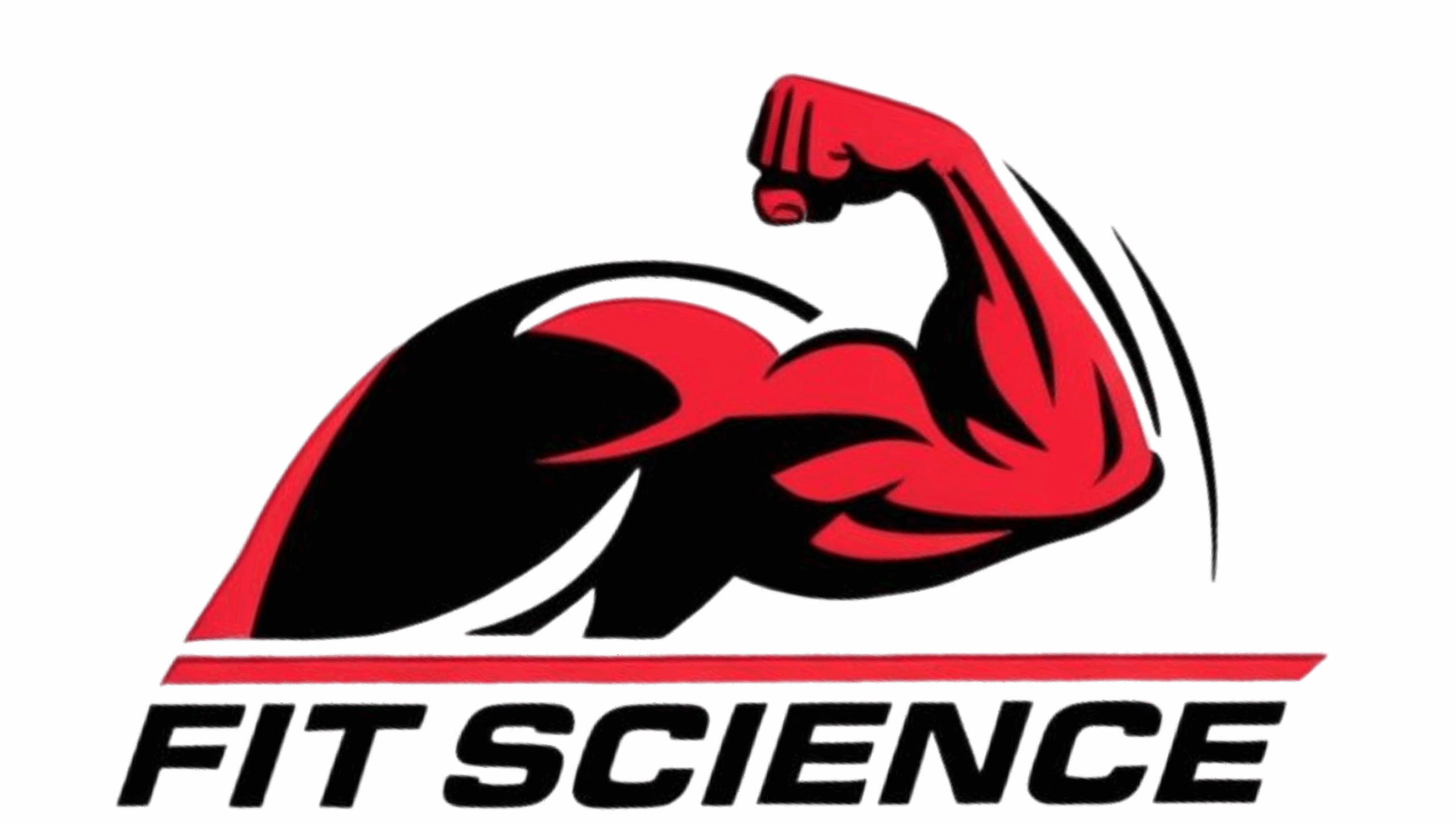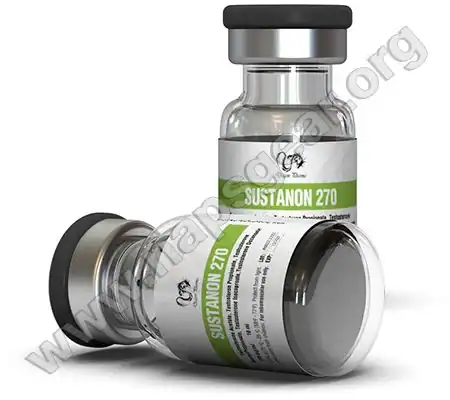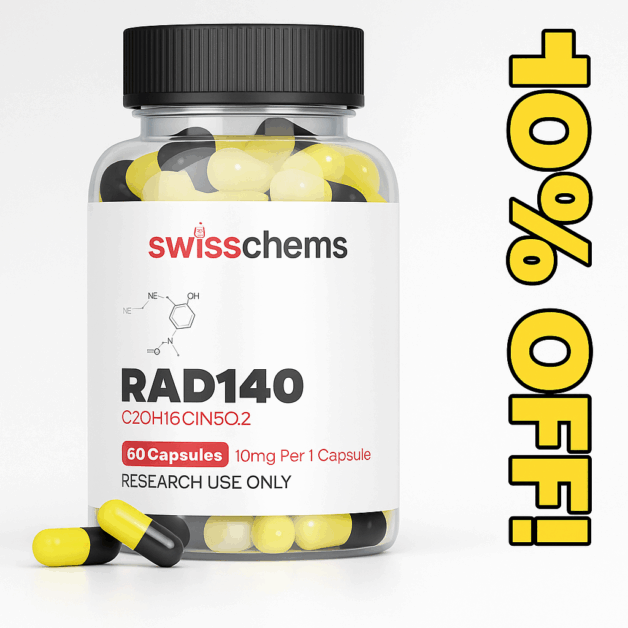Peptide use has expanded across bodybuilding and fitness because many lifters want faster recovery, better joint health, improved fat loss, or stronger muscle growth signals. That rise in interest created a new problem for beginners and even intermediate users. Many people stack compounds without understanding what not to mix with peptides. The wrong combination can reduce effectiveness, cause side effects, or completely waste the cycle.
This guide breaks down the combinations that create problems, the interactions that can interfere with absorption or stability, and the real world stacking mistakes bodybuilders report on forums. The goal is simple. Protect your results, protect your wallet, and protect your health.
Peptides are fragile chains of amino acids that easily degrade when exposed to the wrong substances. This is why smart users consider timing, storage, and compatibility before adding any new compound to a stack. What not to mix with peptides is determined by chemistry, dosage timing, metabolic interactions, and the purpose of the cycle. This article gives clear answers so you can structure safe and effective stacks.
Avoid Mixing Peptides With Alcohol
Alcohol is one of the most common mistakes among peptide users. Alcohol affects peptide stability, slows healing, weakens the immune response, increases inflammation, and disrupts liver function. That creates a problem for people using healing peptides like BPC 157 or TB 500. These compounds depend on tissue repair and anti inflammatory activity to function correctly. Alcohol works against that process. Many users who drink during a peptide cycle report slower recovery, reduced progress, poor sleep, and inconsistent injection site reactions. If the goal involves muscle repair, injury recovery, or collagen remodeling, alcohol limits your return on investment.
Avoid Mixing Peptides With Stimulants Before Injection
Peptides like CJC 1295, Ipamorelin, GHRP 2, and GHRP 6 depend on a pulse based response. The cleaner your internal environment is at the moment of the injection, the stronger the GH response. Stimulants interfere with this process. Energy drinks, pre workouts loaded with caffeine, and strong fat burners reduce the natural GH pulse. The result is weaker outcomes from the peptide. Many lifters notice far better sleep quality and recovery when they avoid stimulants within ninety minutes of using GH secretagogue peptides.
Avoid Mixing Peptides With Insulin or Blood Sugar Lowering Drugs Without Medical Oversight
Peptides that increase GH or IGF pathways already influence blood sugar. Adding insulin or glucose lowering medications without medical guidance is dangerous. Many peptides increase insulin sensitivity. Others may reduce blood sugar. If you combine them with insulin, metformin, or GLP 1 medications without proper monitoring, the risk of hypoglycemia increases. Some users chase extreme hypertrophy by stacking IGF 1 LR3, GH, and insulin. That combination requires strict glucose tracking. Never mix peptides with metabolic agents unless you have lab work, a doctor, or precise glucose monitoring.
Avoid Mixing Peptides With Oral Steroids When Liver Load Is Already High
Many bodybuilders use peptides as a support system during oral steroid cycles. That can work well, but there is an important exception. When a cycle already stresses the liver, adding peptides that depend on strong liver function can reduce overall effectiveness. For example, combining strong orals with peptides that rely on clean metabolic pathways can create inconsistent results. Peptides are not hepatotoxic, but poor liver condition affects hormone clearance and protein synthesis. If liver enzymes are elevated, peptides that depend on growth pathways may underperform until levels normalize.
Avoid Mixing Peptides With Incorrect Bacteriostatic Water or Unsafe Carriers
What not to mix with peptides also includes the reconstitution step. Many beginners make the mistake of using tap water, distilled water, expired bacteriostatic water, or unknown sterile solutions. This directly destroys peptide stability. Peptides require proper bacteriostatic water stored correctly to maintain potency. Anything else increases the risk of contamination or peptide breakdown.
Avoid Mixing Peptides With Heavy Meals Before Injection
Peptides that stimulate GH release work best on an empty or low carbohydrate stomach. Large meals, particularly heavy carbohydrate meals, release insulin. Insulin blunts the GH pulse. If you inject CJC 1295, Ipamorelin, or similar peptides after eating a full meal, you reduce the effectiveness by a large margin. Many lifters report better fat loss and improved sleep when they inject two hours after their last meal.
Avoid Combining Too Many Peptides at the Same Time
Stack fatigue is real. Some users combine too many peptides at once. A common mistake involves stacking BPC 157, TB 500, CJC 1295, Ipamorelin, MK 677, GHRP 6, and IGF 1 LR3 in the same window. More is not better. Stacks work best when each compound has a purpose. Too many peptides at once interferes with absorption, metabolic signaling, and recovery timing. Keep stacks targeted. Healing stacks should center on BPC 157 and TB 500. Growth stacks should center on IGF 1, CJC 1295, or MK 677. Fat loss stacks should revolve around 5 Amino 1 MQ, AOD 9604, or MOTS C.
Avoid Mixing Peptides With MK 677 If You Cannot Handle Water Retention
MK 677 increases appetite and water retention. When users combine water heavy compounds with peptides that also increase GH pathways, the bloat becomes significant. If the goal involves aesthetics or cutting, MK 677 may sabotage the cycle. Many people reduce water retention by lowering sodium or adjusting timing, but if you are highly sensitive, do not mix MK 677 with GH secretagogues.
Avoid Mixing Peptides With Incorrect Storage Practices
Peptides degrade if stored at room temperature for too long. Mixing reconstituted peptides with heat, light, or improper refrigeration significantly reduces potency. Some users combine multiple peptides into one vial for convenience. This increases the chance of contamination and chemical breakdown. Always store individually and refrigerate consistently.
Avoid Mixing Peptides With High Dose NSAIDs During Healing Cycles
Healing peptides rely on controlled inflammation to signal tissue repair. High doses of NSAIDs interfere with that process. Ibuprofen, naproxen, and similar drugs reduce the necessary inflammatory signals. Many users report slower tendon or ligament progress when they combine healing peptides with daily NSAID use.
Key Takeaways
Mastering what not to mix with peptides protects your progress. The best peptide cycles are simple, clean, organized, and structured around biology. Avoid alcohol, stimulants before GH peptides, unsupervised insulin combinations, poor reconstitution, and heavy meals near GH secretagogue timing. Avoid overstacking, avoid NSAIDs during injury repair cycles, and avoid improper storage. The smartest athletes treat peptides like precision tools. That mindset produces better healing, better muscle growth, better fat loss, and safer long term outcomes.











